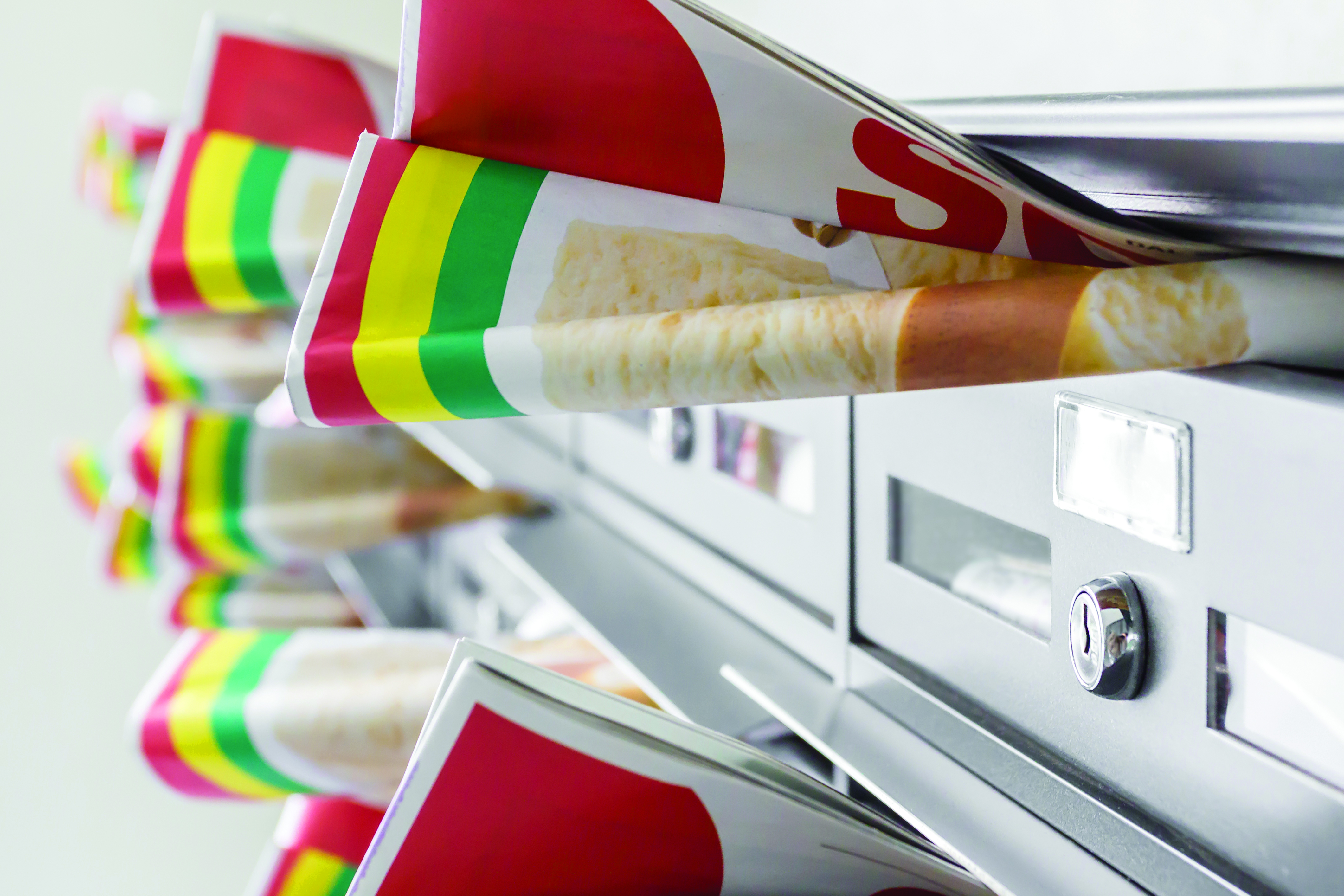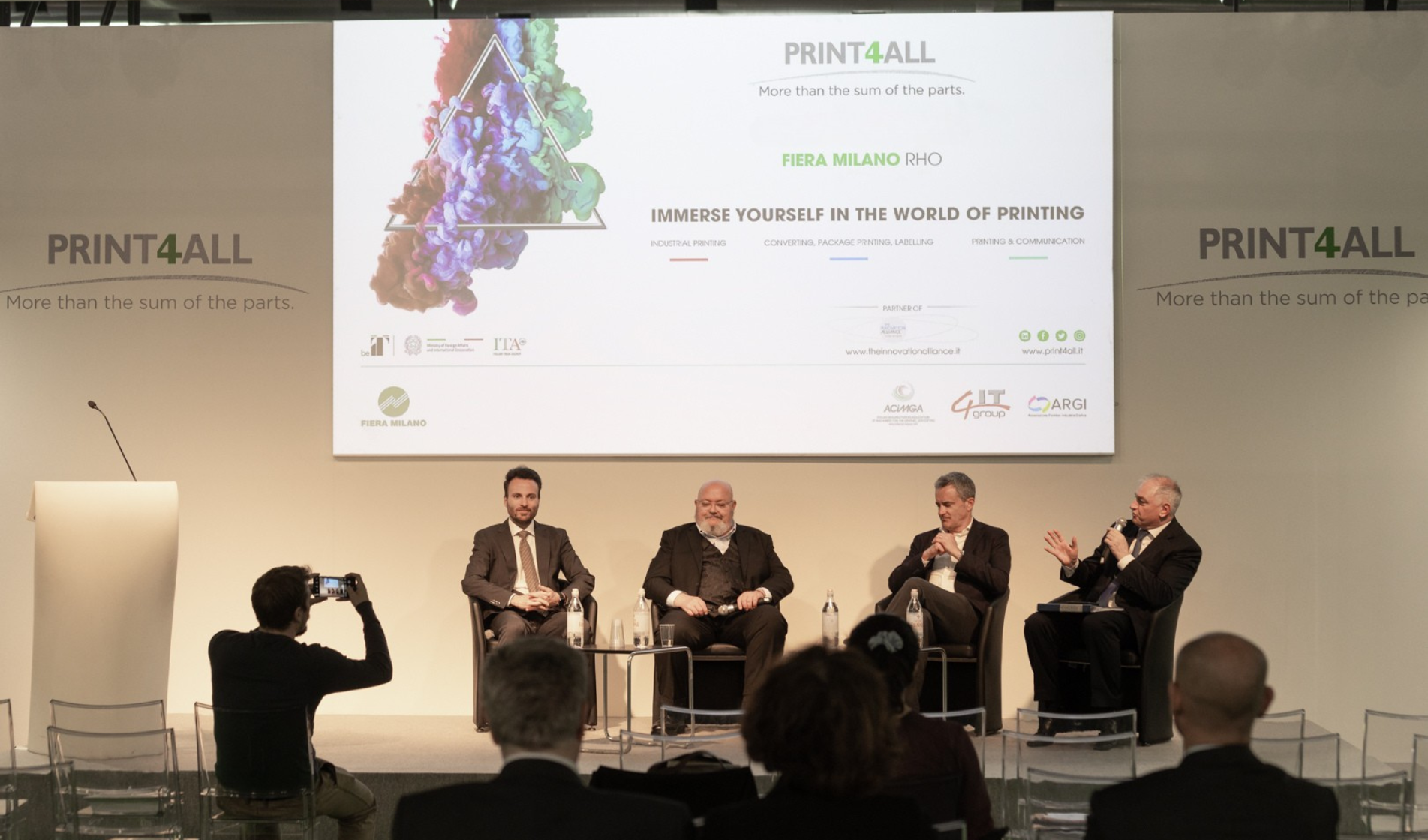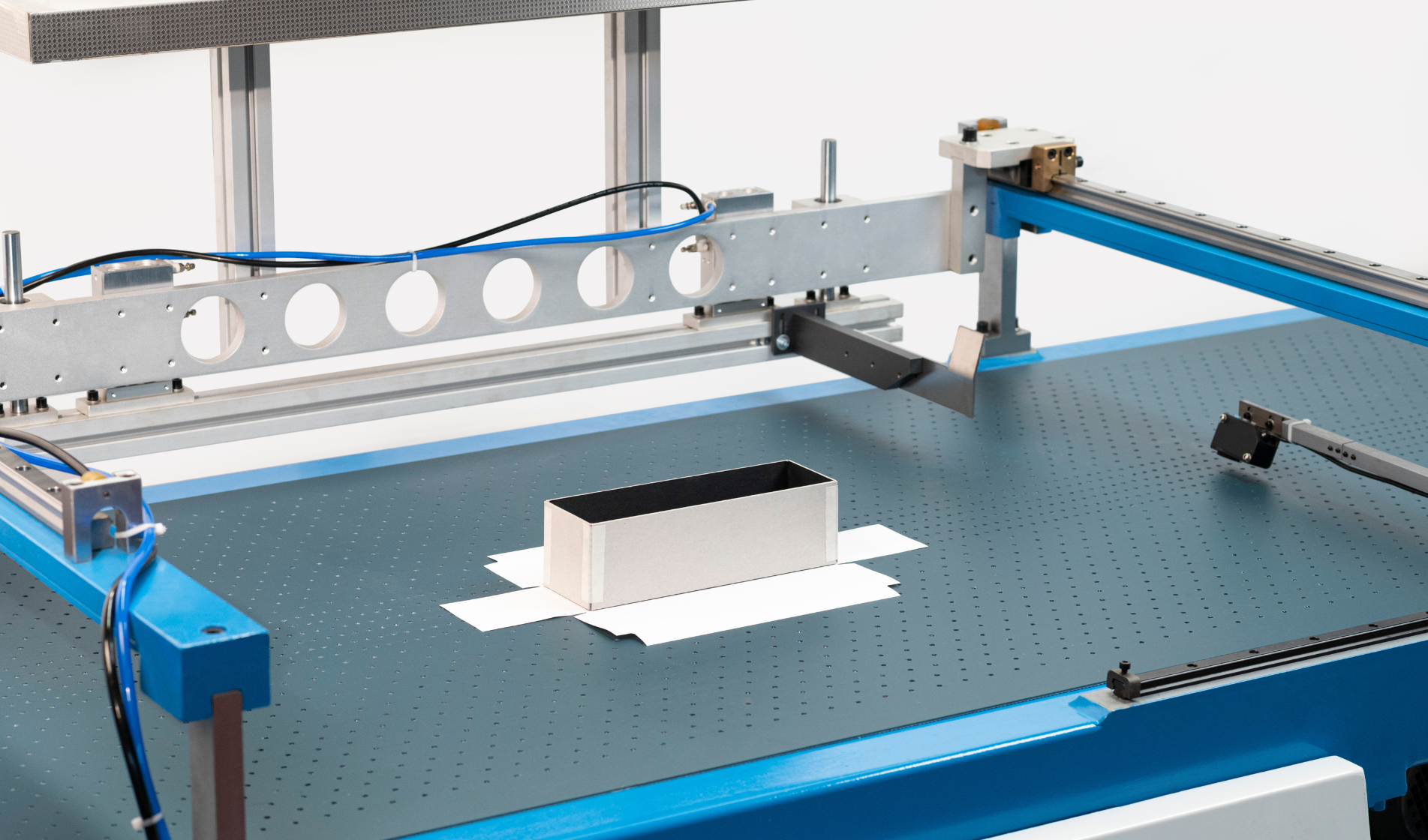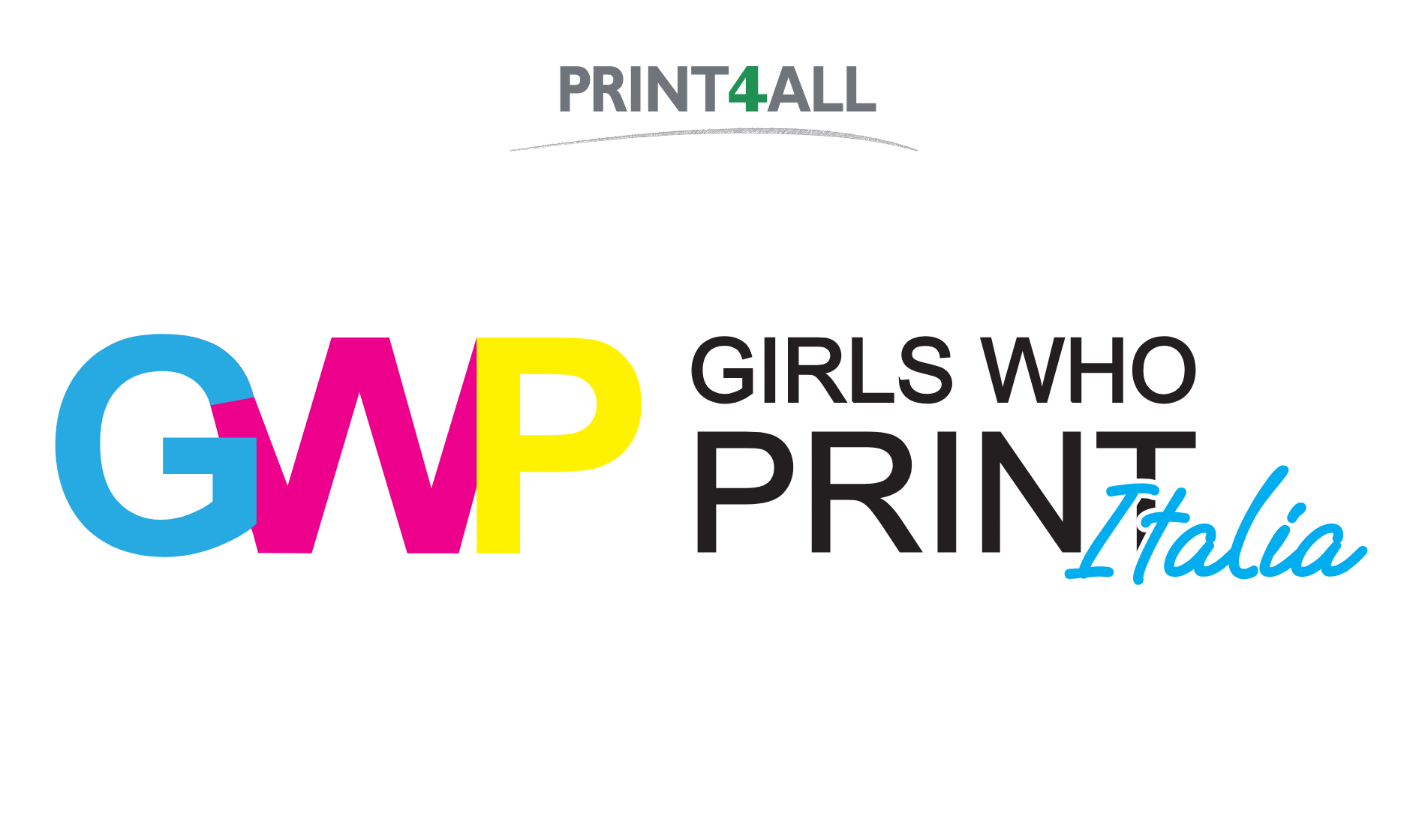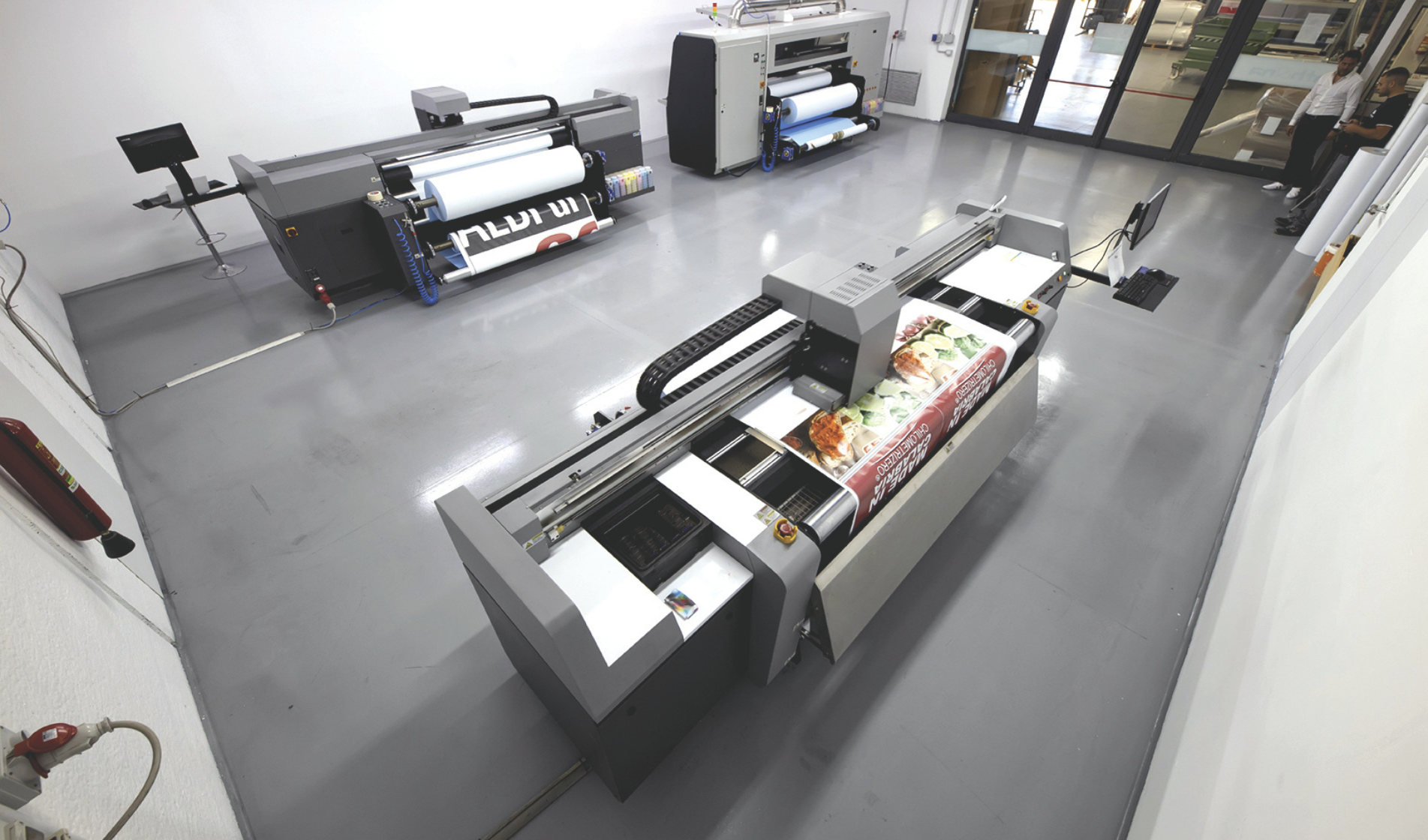Commercial Printing originated as a segment of print applications designed to sell something, to be used as a marketing tool, following the evolution of marketing itself as a function of social change, demand and the use of available technology. Flyers, Posters, Catalogues and Illustrated brochures are all part of the history of commercial printing applications.
Flyers have always played a central role in communication, advertising and publicity. The evolution of printing technologies then allowed for their development in response to marketing needs. And so flyers and posters have evolved into tools for applying new marketing trends, personalisation and, more recently, multichannel. On the customisation front, there are several examples from the world of retail. Customisation means printing specific content on the individual flyer that is related to the characteristics or needs of the person who will receive it, thus generated on the basis of the knowledge of the recipient. In the retail sector, this can be done by analysing and managing the large amount of data collected through loyalty cards. Digital printing, combined with the ability of resourceful data science, makes it possible to create flyers with discount offers for products that are exactly those on the recipient's shopping list, knowing their passions, buying habits and available budget.
The use of multichannel offers further opportunities for the flyer. Flyer 4.0 is a project recently launched by a major national printer and is a solution that combines paper with the benefits of digital, increasing the effectiveness of promotions by being able to measure them accurately and in real time. Paper flyers found in post boxes can now have a QR code that gives the recipient access to exclusive coupons not featured in the inside page offers, which are reserved for the use of the QR code only and will be sent to the customer by email.
Catalogues, understood as volumes presenting the products of a particular manufacturer or department store, became popular in the 1950s, mainly in connection with the phenomenon of direct mail order. Today, the world of printed catalogues is suffering from competition from digital communication, but it also seems it may have a new lease of life, especially by focusing on catalogue editions that are no longer representative of the entire offer (which can be found on the Internet portal), but become "special" for specific occasions (see Amazon, which sends ad hoc Christmas catalogues to families with children of Santa Claus age).
Today, the Business Communication market is under intense attack from e-substitution. Digital communications are gradually replacing a large proportion of paper-based communications, although much research shows that the integration of communications channels (so-called omni-channel) is the real mantra for effective consumer marketing. Mailing is therefore a tool that still shows good effectiveness but needs special attention, especially from the delivery point of view.


